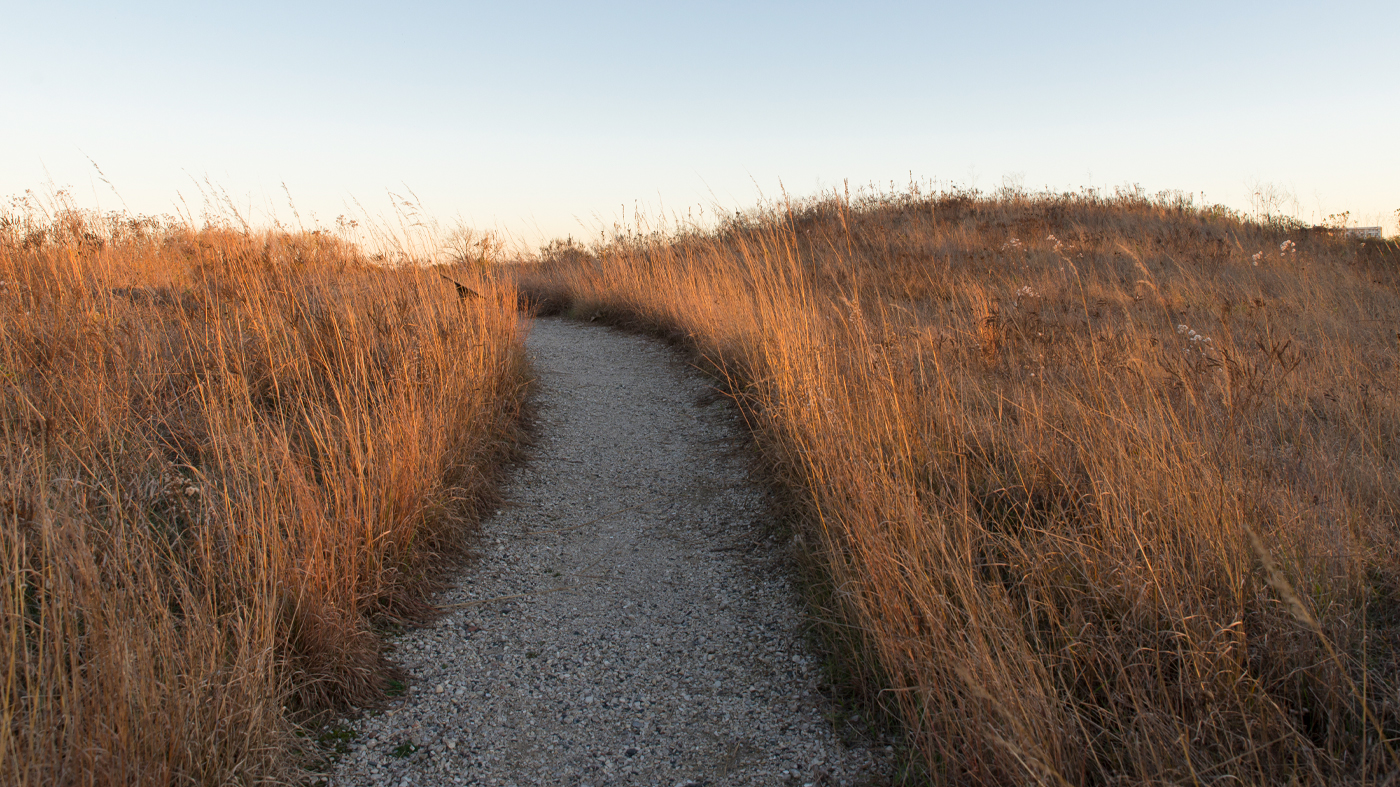

News
Garden Stories
A Letter to Summer (from Winter)
Summer, thank you but take a seat. The sweetness of sun puddles and fragrant blooms, of fresh breezes and breathtaking views, aren’t exclusively yours to flaunt.
Also, you don’t have snowflakes.
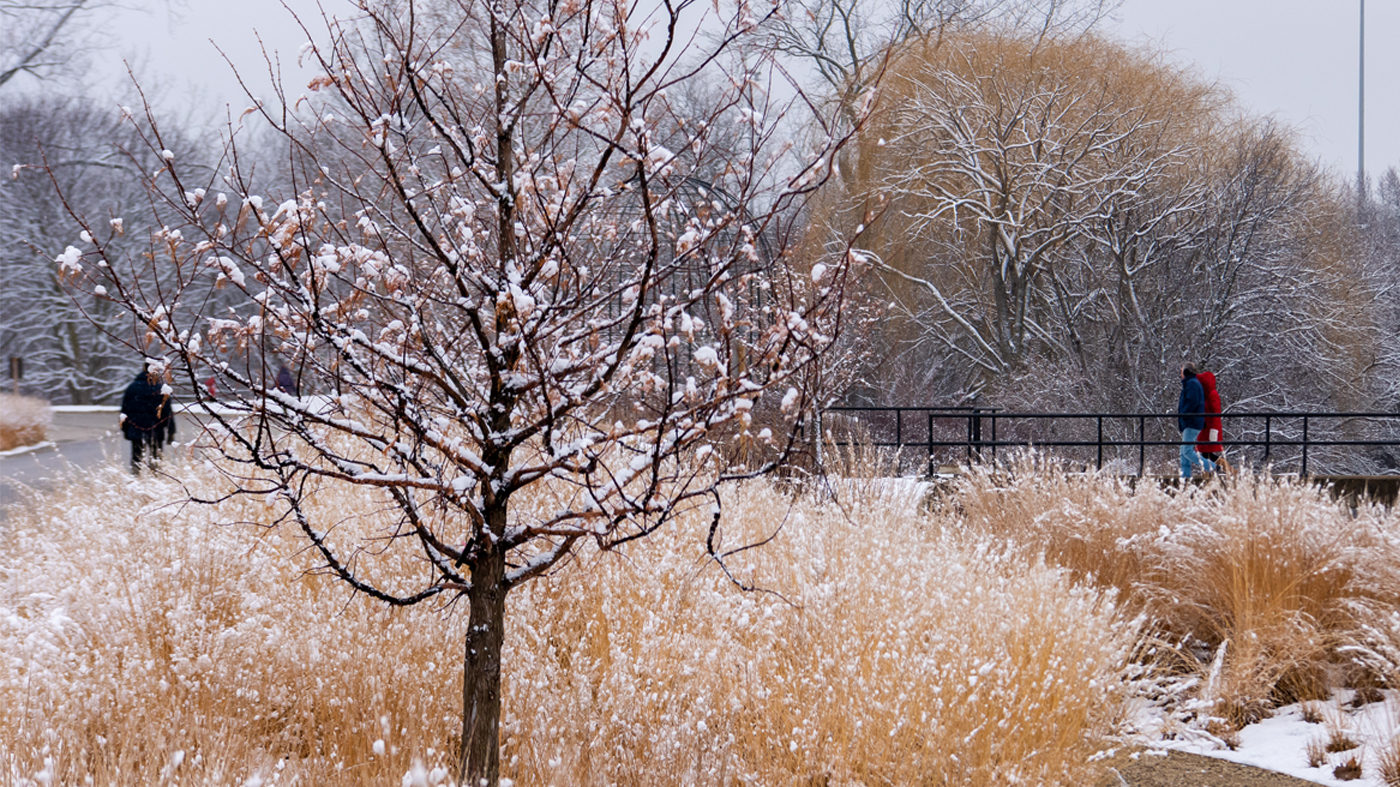
We’re not instigating a seasonal skirmish here at the Chicago Botanic Garden, we simply want winter—too often maligned as cold and dreary—to get its due.
Perhaps no one is more agreeable to take on the pro-winter debate than Fred Spicer, the Garden’s executive vice president and director. And we also asked an Endeavor Health physician for winter health advice on getting outside no matter the season.
“You have to look more closely and more carefully,” said Spicer. “A lot of our gardens have evergreen features, but winter’s the time when you want to relish all of the tawny hues—the browns, beiges, salmony-pinks.”
Look for willows with barks of gold, yellow, and orange, and ornamental shrub dogwoods with red, maroon, or yellow twigs and bark. Feel cool breezes as refreshing as a cup of coffee. Experience scenic vistas during the day and Lightscape for after-dark enchanting walks.
And don’t forget that the importance of fresh air and exercise doesn’t diminish when cold weather arrives, said Tyler Saunders, D.O., of Swedish Hospital, Part of Endeavor Health.
Exercise strengthens our bodies, can improve cardiovascular health, and can help manage chronic health conditions like Type 2 diabetes and high blood pressure, Saunders said.
Those living in winter regions may be susceptible to seasonal affective disorder (SAD) in fall and winter. Studies have found that a combination of exercise and exposure to sunlight (even on cloudy days) may help relieve SAD symptoms.
You might enjoy a Winter Solstice Woods Walk, a guided walk (about 1/3 mile) in McDonald Woods on Dec. 17.
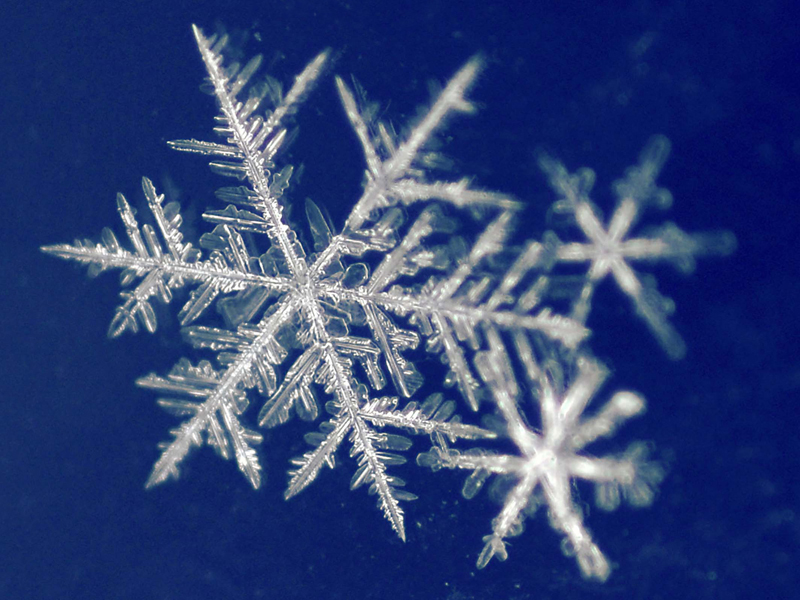
Tips to embrace winter
Dress for success
The difference between a pleasurable outing and a bone-chilling disaster may start with your clothes. Dressing in loose layers (the air between layers helps keep us warm) topped off with wind-resistant outerwear; wearing a hat and scarf (to prevent losing body heat); and donning gloves, socks, and appropriate footgear will keep your hands and feet dry and warm.
Embrace reality
Like it or not, winter represents a large chunk of a Midwesterner’s life. “Understand where we are in the winter,” Spicer said. “It’s cold. Maybe it’s snowing. You can get outside and enjoy the landscape if you learn to look at it in a little bit of a different way.”
Four winter favorites from Fred Spicer
Here are Spicer’s favorite wintertime walks, which, he said, “offer completely different impressions of what the winter landscape is like.”
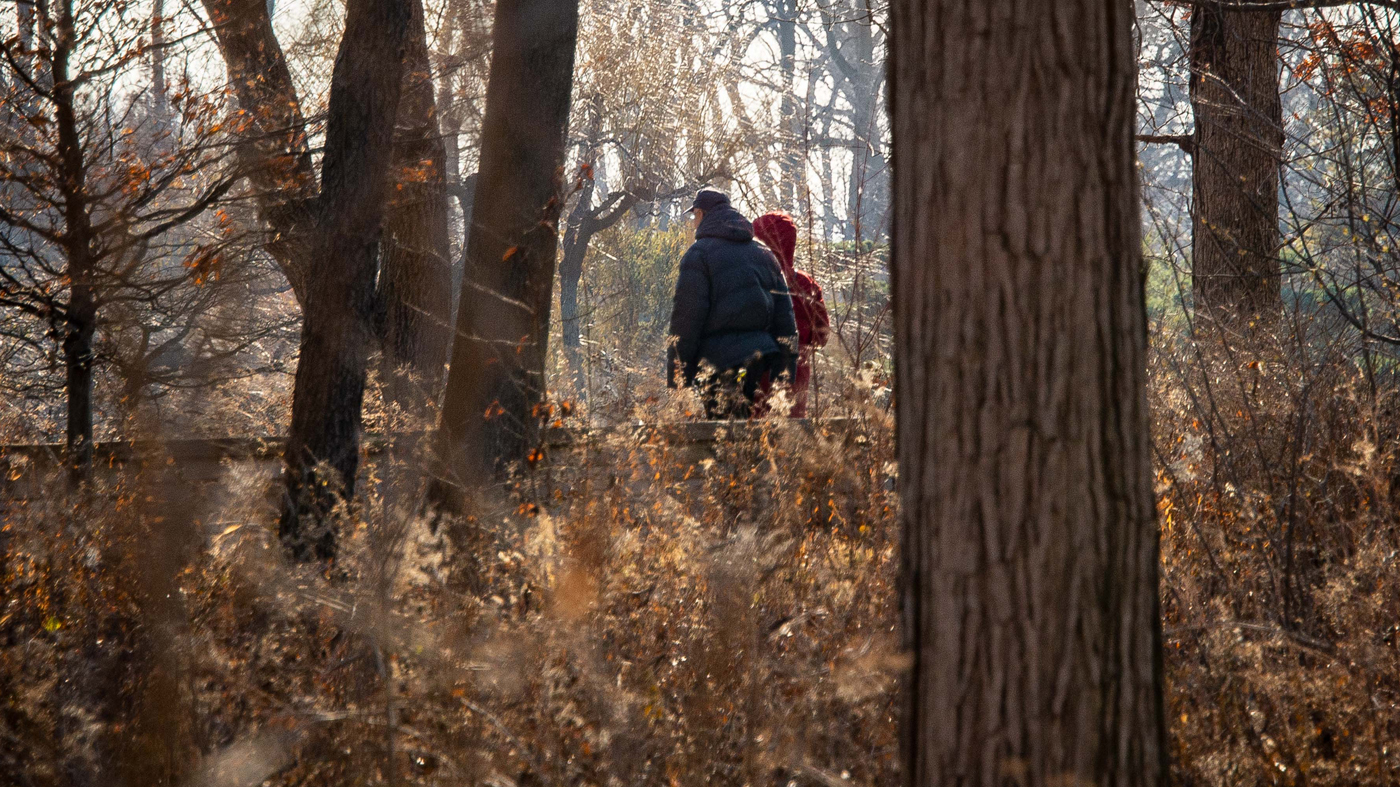
McDonald Woods
“It’s a magical place any time of year,” Spicer said. “But seeing those big, bare trees is wonderful. They have a winter signature.”
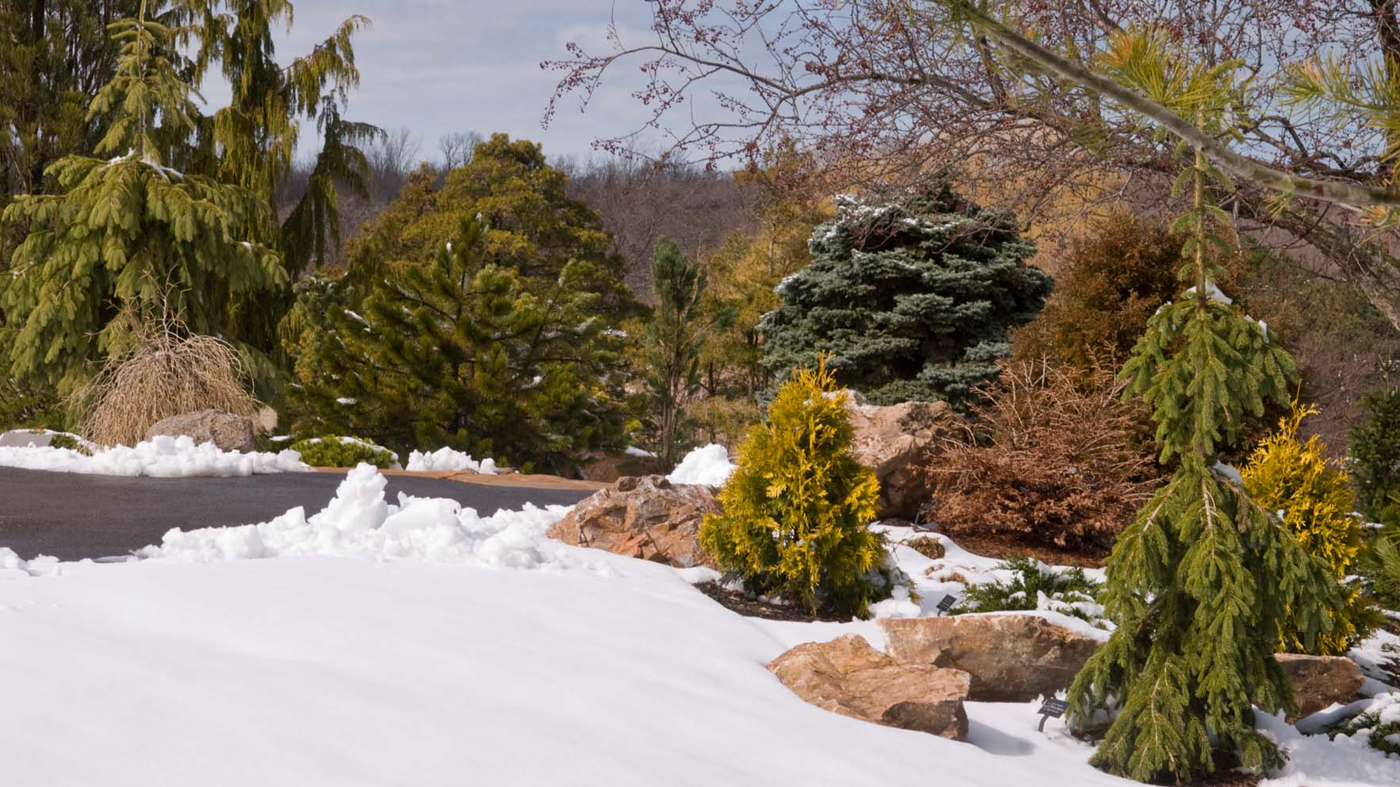
Dwarf Conifer Garden
“When you need a shot of greenery, the Dwarf Conifer Garden is just a really good place to get your juices flowing,” he said. “You’ll see all different shades of evergreen conifer needles—green, blue, yellow—and it’s especially magical on a sunny day with a bright blue sky offering a beautiful contrast.”
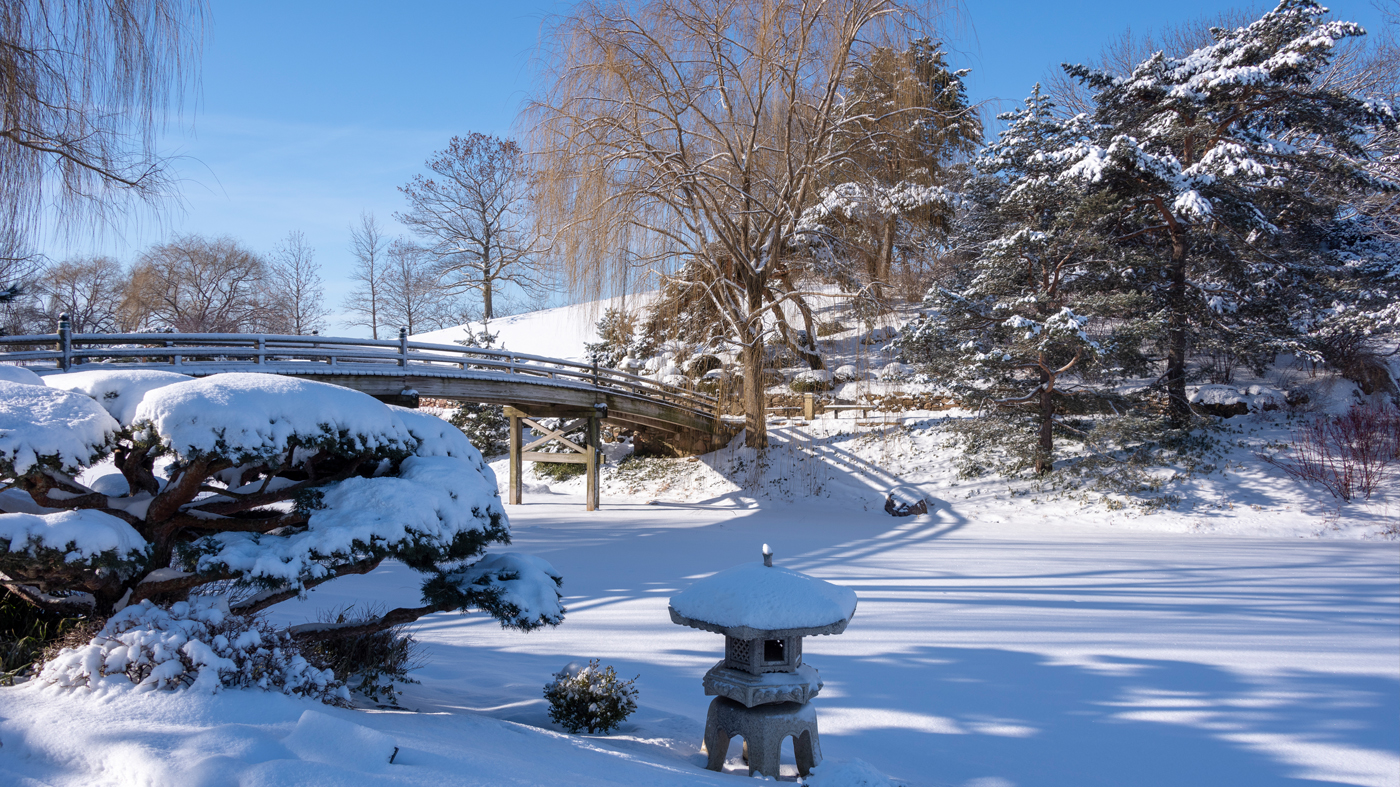
Elizabeth Hubert Malott Japanese Garden
“When you see the Japanese garden stripped down in the winter, you really can appreciate the forms of the garden, such as the beautifully trained Scots pines,” Spicer said. “They are pruned to have pads of foliage that catch the snow wonderfully. Even look at the way the earth has been sculpted and shaped by the garden designer there.”
Dixon Prairie
Spicer appreciates the reductive look of winter landscapes and the interesting colors and forms of dried prairie grasses, fruit clusters, and seedheads. The appeal isn’t just visual. “If you’re in the right spot on the right day, a woodland or prairie offers a sound experience,” he said. “The way the wind rustles through leaves or prairie grasses or dried wildflowers, it can be quite lovely.”
This article was developed in collaboration with our partners at Endeavor Health


